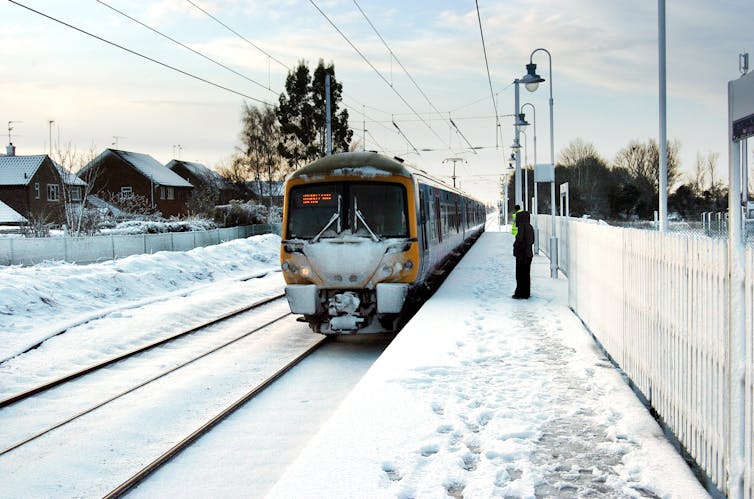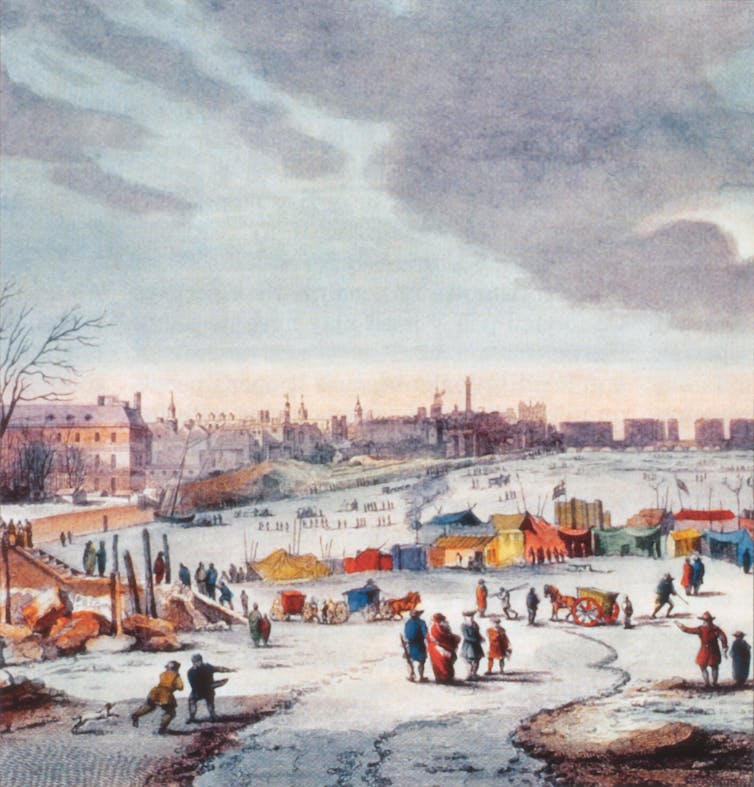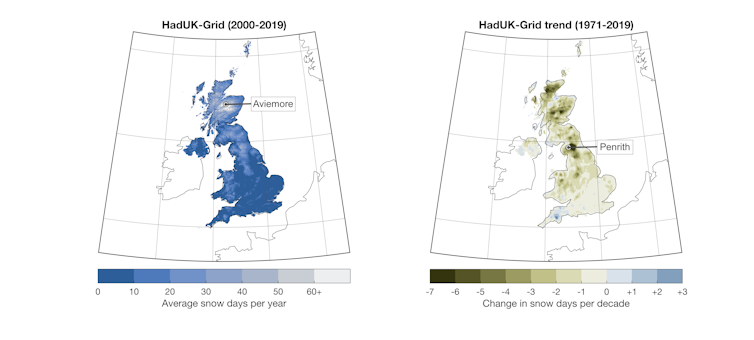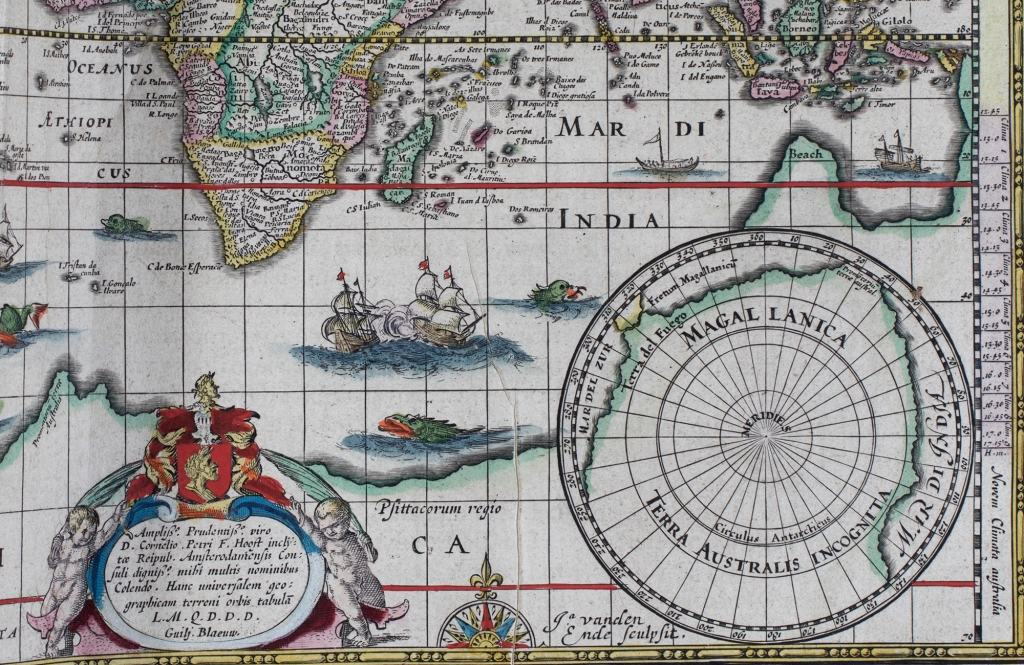 |
| The RRS James Clark Ross docked in the Falkland Islands |
Blinking blurry eyes, I crack open the curtains and gaze out into the bright light of a new day. A hulking white and blue iceberg gazes back at me. Even after a broken night’s sleep being shunted from one side of my bunk to the other as the ship bounces through swell, that still makes a rewarding start to each day. Through an unexpected turn of events, I’ve found myself on the British Antarctic Survey’s RRS James Clark Ross, on a seven-week long research cruise helping researchers from the University of Exeter take samples and measure CFCs in the Weddell Sea. Having just handed in my PhD thesis – after four years of studying and researching Antarctic climate and hearing the question “do you get to go to Antarctica?” countless times – the opportunity to help out on this cruise was too good an opportunity to pass up. Life on a ship gives you plenty of time to think (and write), but I promise to keep these musings brief in three posts: ship life; the science and why we’re here; and how the real thing compares to a PhD.
—————————————-
This is my first experience of life on a ship. Previously, my most extensive experience of boat life was the eight hours on the Stena Line from Liverpool to Belfast, so I shall use that as my reference frame. Stena Line regularly ask you to fill out feedback forms and rate your experience to have the chance to win back the cost of your trip, so I shall do the same here (although as usual I don’t expect to win anything).
How did you find the booking procedure?
Stena Line have a fast and efficient website for making and managing bookings. Signing up for the research cruise was also pretty straight forward, although that was likely aided by me having done a PhD in Antarctic-related science and knowing someone at the British Antarctic Survey (BAS) who forwarded me the advert. I emailed the lead scientist from Exeter saying I was interested, we had a chat on Skype then I had to confirm that my PhD supervisors at Bristol were happy for me to go.
Generally, however, beyond that point there was a bit more faff than booking the Stena Line. BAS require quite a few forms filling out, some of which require a bit more homework, including passing a medical examination and a sea survival course. The authentic personal sea survival certificate had to be presented on getting on the boat before sailing. In contrast, the Stena Line rarely even ask for ID (although I suppose this might change after Brexit).
Stena Line: 5/5
James Clark Ross: 3/5
How did you find the check-in procedure?
The check-in for the Stena is remarkably simple, and as mentioned they rarely even ask for ID. Getting onto the James Clark Ross was logistically more complicated, requiring flights from Heathrow to Madrid, Madrid to Santiago in Chile, and Santiago to Punta Arenas. Although this journey took more than 24 hours, I still preferred it to driving in the rain up the M5 and M6 from Bristol, as I got free food and could watch films. Punta Arenas is also nicer than Birkenhead and I found the language barrier easier to overcome in Chile (Scouse can be very confusing at times).
Stena Line: 3/5
James Clark Ross: 4/5
 |
| Exploring the Magellanic forest above Punta Arenas |
How did you find the cabins (if applicable)?
Getting a cabin on the Stena Line is not necessary, particularly if travelling during the day time sailing. The last time I travelled on the night time crossing, however, the cabin was not overly satisfactory with uncomfortable beds, an unclean bathroom and a broken soap dispenser. Stena customer services subsequently refunded the cost of the cabin. On the James Clark Ross, the cabins are slightly smaller than the Stena Line, however, there is ample storage space, the beds are pretty comfortable and there are privacy curtains for each bunk, which is good when you are on slightly different work shifts to your roommate. The biggest complaint about the James Clark Ross is that it makes many strange noises and rocks a lot more in the heavy weather, which can keep you up a lot of the night. These noises include a high-pitched wail which is either the stabiliser system or sirens luring us to our watery graves. The latter seems more likely.
Stena Line: 1/5
James Clark Ross: 3/5
How did you find the food onboard?
The Stena’s Met Grill is renowned for its fried breakfast and hearty lunch and dinner menu. The portion sizes are good, however, the prices are also a bit steep. On the James Clark Ross, three square meals a day are available (including midnight dinner service for those on night shifts), with lunch and dinner both offering 3+ courses. Because of how my shift patterns work out, it doesn’t make sense to get up for breakfast, so I just eat a 3-course lunch and dinner each day. Remarkably, over 4 weeks since we left, there is still fresh fruit and some salad on the go. The variety has been good, and they also have included some of the classics off the Stena Line menu, including fish and chips (most Fridays), curry (every Saturday) and Swedish meatballs. Although I have also had Swedish meatballs on the Stena, I have never tried authentic (Ikea) Swedish meatballs to know which is closer to the real deal.
Stena Line: 4/5
James Clark Ross: 5/5
How did you find the onboard shopping?
The shop onboard the Stena Line is pretty awful. They sell head phones if you forgot yours, which is about the only thing I have ever bought from it. They also sell some magazines and over-priced toys in case you didn’t realise the crossing was 8 hours and find yourself going slightly insane. The shop on the James Clark Ross, called the bond, is stocked with James Clark Ross branded clothing, toiletries, chocolate bars and some odds and ends like postcards and plaques. Unfortunately, as the ship is nearing the end of its working life for BAS, being replaced next year by the RRS Sir David Attenborough (of Boaty McBoatface fame), none of the branded clothing is being restocked. That means the only things that are left are in sizes XXL or age 7-8, neither of which are much use to me.
Stena Line: 1/5
James Clark Ross: 1/5
How did you find the onboard entertainment and facilities?
Both ships have a bar. The James Clark Ross bar is extremely cheap, however, many of the beers are about six months past their best before dates, which can result in ‘bowel roulette’ the following day. A worthwhile sacrifice if you’re unemployed like me. The lounge area is remarkably similar between both boats and is comfortable enough. The internet connection is much better on the Stena, although they possibly harvest your personal data in the process of providing it. On the James Clark Ross, they have to commit some of the internet to facilitate the science (boring), so the bandwidth for personal connections is not as strong.
Besides the gambling machines, the Stena Line’s main attraction is the cinema, which can be good if they have a decent film being shown. On the James Clark Ross, although they do not have a dedicated cinema room, they have a huge selection of DVDs and an endless supply of films available on people’s laptops which can all be put through a projector. There are also loads of board games and a few musical instruments onboard too, which are nice to have a jam on and facilitated a St Patrick’s Day gig and ceilidh dance. Although the James Clark Ross has a greater range of entertainment available, the Stena Line only has to keep you amused for 8 hours, not 7 weeks, so this one is a tight run context. Luckily when you have to work 12 hour shifts, you don’t have much time for entertainment.
Stena Line: 3/5
James Clark Ross: 4/5
 |
| St Patrick’s Day decorations in the bar |
Would you recommend this crossing to a friend?
Usually my answer to this is ‘yes’ for the Stena Line. It’s a handy way of getting to England from Belfast, saving the drive through North Wales and up from Dublin. Admittedly there’s not much to see in the Irish Sea except the odd shearwater and the Isle of Mann, but generally the crossing is smooth because of the size of the ship (around 185m long) even when the weather is bad. On the James Clark Ross, the research cruise route very much agrees with the old saying ‘The adventure is in the journey, not the destination’. We are analysing a transect through the Southern Ocean and Weddell Sea and end at 57.5°S, 30°E, which is precisely in the middle of nowhere (go ahead and look it up on Google Maps). Although we don’t end anywhere in particular, the route has been spectacular at times: we’ve sailed past a number of sub-Antarctic islands, countless colossal icebergs, seen penguins on land, in the sea and on ice, had dolphins, fin whales, and humpbacks right by the ship (the latter breaching dramatically at times) and had regular, effortless fly-bys from wandering albatrosses and other seabirds great and small. The weather has been mixed and as the ship is 100m long it feels the swell a bit more than the Stena, however, the seas so far have been much more merciful than I had expected.
 |
| Humpbacks taking a breath, Coronation Island, South Orkneys |
As exciting as it is to see the Isle of Mann and the Mourne Mountains, on the whole, I would say Antarctica just about tops the Irish Sea. Sorry Stena Line. Although, for health and safety reasons I’m sure the crew of the Stena Mersey are happy enough to not have to dodge all of these icebergs.
Stena Line: 4/5
James Clark Ross: 5/5
—————————–
This blog is part of a blog series from Antarctica by Alan Kennedy-Asser, who has recently completed his PhD at the University of Bristol. This blog has been republished with kind permission from Alan. View the original blog. You can follow Alan on Twitter @EzekielBoom.
 |
| Alan Kennedy-Asser |
Read part one of Alan’s Antarctica blog series – Antarctica: Ship life
Read part two of Alan’s Antarctica blog series – Antarctica: Why are we here again?
Read part three of Alan’s Antarcica blog series: Antarctica: Looking back
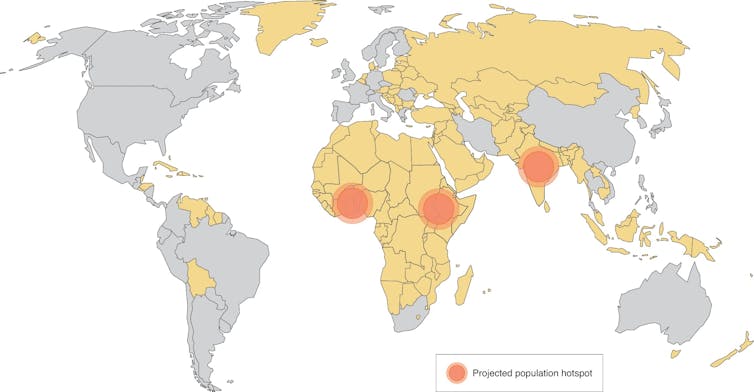
![]()

